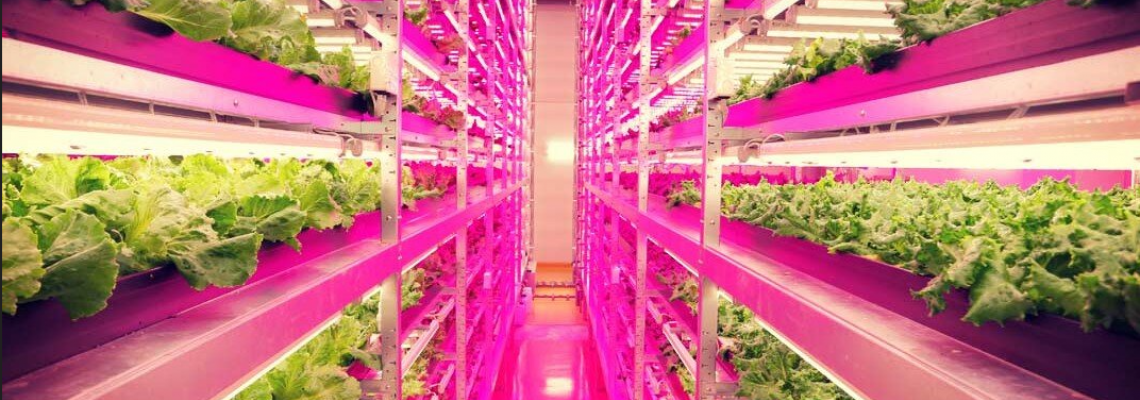
In the rapidly advancing realm of indoor farming and greenhouse cultivation, lighting has evolved from a basic necessity into a strategic investment. The quality and type of lighting you choose can significantly influence plant growth, yield, energy consumption, and overall sustainability. Traditional grow lights such as High-Pressure Sodium (HPS), Metal Halide (MH), and fluorescent lamps have long been the standard. However, their inefficiencies, including high energy usage, excess heat output, and limited spectrum control, are becoming increasingly hard to ignore.
Enter LED grow lights, a modern solution that’s redefining horticultural practices across the globe. Unlike conventional systems, LED lights offer superior energy efficiency, customizable full-spectrum output, lower heat emission, and an exceptionally long lifespan. These features not only contribute to healthier, faster-growing plants but also reduce operational costs and environmental impact.
With the demand for sustainable agriculture rising and technology offering better alternatives, many growers are re-evaluating their lighting systems. The horticulture lighting revolution is in full swing, and LEDs are at its forefront.
So, the question remains: Is it time to upgrade your grow lights? For most modern growers, the answer is a resounding yes. Let’s dive deeper into why LEDs are the future of cultivation.
The Evolution of Grow Lights
For decades, traditional grow lights have been the go-to solution for growers. HPS, MH, and fluorescent lights have powered indoor gardens worldwide, supporting a range of crops from leafy greens to medicinal cannabis.
However, while these legacy lights have served their purpose, they come with limitations:
High energy consumption
Significant heat output
Limited light spectrum control
Shorter lifespan
As energy costs rise and the demand for more efficient, sustainable farming solutions grows, the horticulture industry is undergoing a lighting revolution, led by LEDs.
What Makes LED Grow Lights Different?
LED (Light-Emitting Diode) grow lights are engineered to provide optimal light spectra for photosynthesis, with pinpoint accuracy. This means plants get exactly what they need, no more, no less.
Here’s what makes LED lighting stand out:
1. Energy Efficiency
LED grow lights use up to 50–70% less electricity than HPS or MH lights. For commercial growers or home gardeners running lights for 12+ hours a day, this means massive savings on utility bills.
2. Longer Lifespan
A quality LED fixture can last 50,000 to 100,000 hours, often 5 to 10 times longer than traditional bulbs. This reduces the need for frequent replacements and lowers maintenance costs.
3. Full Spectrum Capabilities
Unlike older lights that emit fixed spectrums, modern LEDs can be fine-tuned to provide the ideal wavelengths for each stage of plant growth from vegetative to flowering.
4. Lower Heat Output
LEDs produce significantly less heat, reducing the risk of plant damage and minimizing the need for additional cooling equipment like fans or air conditioners.
5. Sustainability and Eco-Friendliness
With reduced energy use and fewer replacements, LEDs have a smaller carbon footprint. Many units are also recyclable and free from hazardous materials like mercury.
The Cost Factor: Are LEDs Worth the Investment?
LED grow lights indeed have a higher upfront cost than traditional options. But when you factor in:
Reduced energy bills
Longer lifespan
Lower cooling costs
Higher yields due to better spectrum control
…the long-term savings quickly outweigh the initial expense. Most growers see a return on investment (ROI) within 1–2 years.
Performance Comparison: LED vs. HPS vs. Fluorescent
Who Should Consider Switching to LEDs?
✅ Commercial Greenhouses
Large-scale growers are looking to reduce operational costs and boost production quality.
✅ Indoor Hobby Growers
Home gardeners who want better control over their environment with less maintenance.
✅ Cannabis Cultivators
A market that demands high-quality, high-yield plants with precise spectrum control.
✅ Sustainable Farmers
Anyone aiming to reduce their carbon footprint while increasing plant health and efficiency.
What to Look for in a Quality LED Grow Light
If you're ready to make the switch, don’t just buy the first LED light you find online. Consider these key factors:
Wattage & PAR Output – Ensure the light can deliver sufficient photosynthetically active radiation (PAR) for your plants’ needs.
Spectrum Range – Look for full-spectrum lights that can be adjusted for vegetative and flowering stages.
Build Quality – Aluminum housings, cooling systems, and waterproof ratings all affect durability.
Brand Reputation – Stick with trusted manufacturers that offer warranties and customer support.
Dimming & Control Features – Advanced LEDs let you automate and fine-tune the light cycle for maximum productivity.
Real-World Impact: Case Study
A vertical farm in California switched from fluorescent lights to high-efficiency LED fixtures. Within 6 months, they reported:
35% reduction in energy costs
15% increase in yield
Improved crop uniformity
Lower HVAC usage due to less heat
These kinds of results are becoming the norm as more growers embrace LED technology.
Final Verdict: Time to Ditch the Old?
Yes, in most cases, it is time to retire outdated grow lights. While traditional lighting has played a crucial role in the history of indoor agriculture, it simply can’t compete with the efficiency, control, and performance of modern LED systems.
By switching to LED, you're not just upgrading your lights, you’re investing in the future of your plants, your profits, and the planet.
Conclusion
The horticulture lighting revolution has already arrived, transforming the way we grow indoors. Whether you're a commercial grower expanding your operations or a home gardener aiming for healthier plants and higher yields, LED grow lights offer a clear advantage. With greater energy efficiency, customizable light spectrums, and reduced heat output, LEDs outperform traditional lighting in almost every aspect. They support better plant growth while cutting down on costs and environmental impact. In today’s world of smart, sustainable farming, switching to LED lighting isn’t just a trend; it’s a necessary step forward for growers at every level.

Leave a Comment